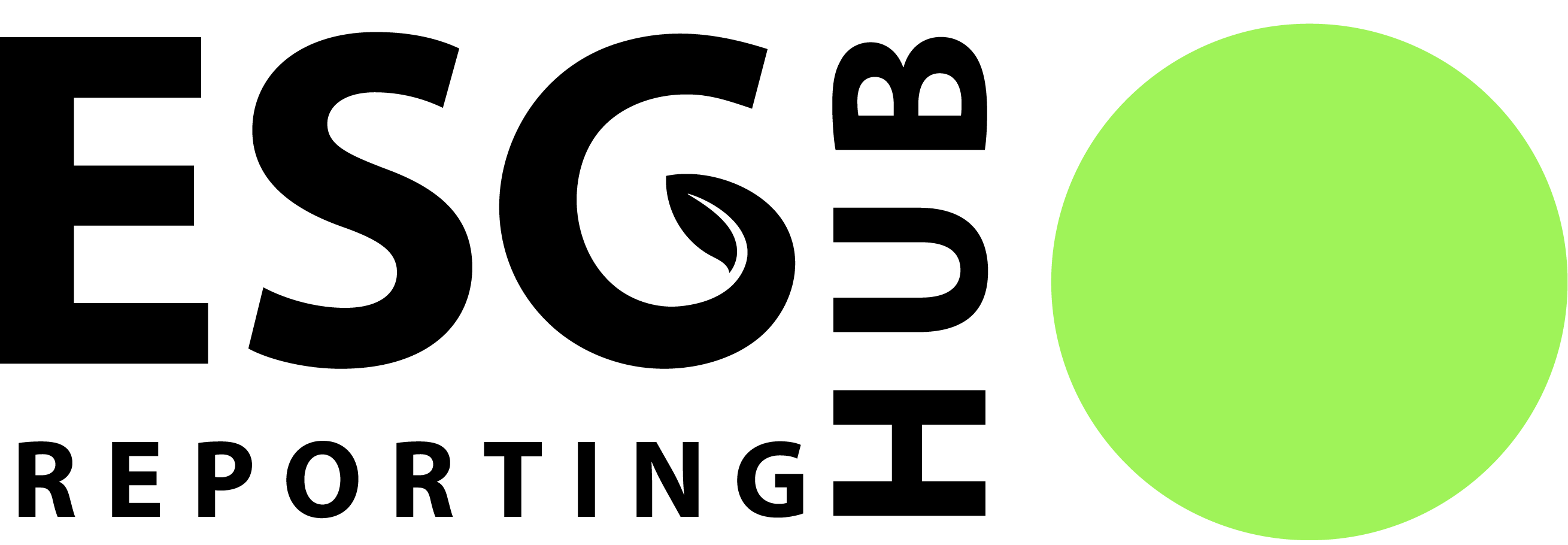California’s Climate Corporate Data Accountability Act - SB 253
This articles discusses the impact of California’s Climate Corporate Data Accountability Act (CCDAA), or SB 253. Effective 2026, this law mandates standardized greenhouse gas reporting for companies with $1B+ revenue. Explore how this legislation sets a new standard for corporate transparency in combating climate change.

Introduction
On October 7, 2023, California Governor, Gavin Newsom, signed two bills related to ESG reporting. This article focuses on the Climate Corporate Data Accountability Act (CCDAA), which mandates updated requirements for greenhouse gas reporting from the State Air Resources Board. For more information on the other bill, the Climate-Related Financial Risk Act (CRFRA), see our article here.
The CCDAA sets ESG reporting standards that affect all entities operating in California with annual revenue in excess of $1B in the previous fiscal year. For covered companies, scope 1, 2, and 3 greenhouse gas emissions must be reported according to Greenhouse Gas Protocol standards. For more information on Greenhouse Gas Protocol see our other article.
Emissions data will be filed with the state board, who will contract an academic institution (university or laboratory) to aggregate and analyze the data. Individual company data and aggregate data will be publicly available through the state’s digital platform.
Emissions Classifications
What are scope 1, scope 2, and scope 3 emissions? According to the CCDAA, these classifications are defined as:
- Scope 1: all direct greenhouse gas emissions that stem from sources that a reporting entity owns or directly controls, regardless of location, including, but not limited to, fuel combustion activities
- Scope 2: indirect greenhouse gas emissions from consumed electricity, steam, heating, or cooling purchased or acquired by a reporting entity, regardless of location
- Scope 3: indirect upstream and downstream greenhouse gas emissions, other than scope 2 emissions, from sources that the reporting entity does not own or directly control and may include, but are not limited to, purchased goods and services, business travel, employee commutes, and processing and use of sold products
While each classification of emissions will require additional measurement practices, scope 3 emissions will require the most time and capital to track. The extra year of preparation (2026 for scope 1 and scope 2 vs 2027 for scope 3) will allow companies to prepare for these detailed reporting requirements.
Timeline

- Beginning in 2026 (exact date has not been determined), covered companies will be required to report scope 1 and scope 2 emissions data in annual disclosures.
- In 2027, covered companies must begin reporting scope 3 emissions data. This data should be disclosed no more than 180 days after scope 1 and scope 2 data is published.
- In 2029, the state board will assess scope 3 emissions reporting and determine what reporting deadlines may need to be adjusted. The board will also review qualification requirements for third-party assurance providers.
- On or before January 1, 2030, the results of the reviews performed in 2029 will be published. Adjustments to scope 3 emissions disclosure deadlines and assurance provider qualifications will go into effect.
- In 2033, the state board will assess alternative greenhouse gas accounting and reporting standards. A new system will be adopted if it is determined that a new or different standard will more effectively serve the goals of the CCDAA. This process will be repeated every five years.
Since this bill was signed, the SEC has adopted new ESG disclosure rules. These rules do not require scope 3 emissions reporting. While the state board reserves the right to adopt new standards, the CCDAA specifies that the new standards must require scope 1, scope 2, and scope 3 reporting. This requirement eliminates the option for companies to use SEC rules for compliance with the CCDAA.
Assurance Requirements
Emissions data must be audited by an independent third-party. From 2026-2030, scope 1 and scope 2 emissions should be audited at the limited assurance level. Beginning in 2030, scope 1 and scope 2 emissions need to be audited at a reasonable assurance level. While scope 3 emissions must be disclosed beginning in 2027, there is no assurance requirement until 2030, when a limited assurance level should be performed.
Scope 3 emissions disclosures made with “reasonable basis and disclosed in good faith” will not be subject to penalties. The only penalties for scope 3 disclosures between 2027 and 2030 will be assessed for parties who neglect to file required disclosures.
Assurance providers should have “significant experience in measuring, analyzing, reporting, or attesting to the emission of greenhouse gasses and sufficient competence and capabilities necessary to perform engagements in accordance with professional standards and applicable legal and regulatory requirements.”
Conclusion
The Climate Corporate Data Accountability Act represents a significant step forward in regulating greenhouse gas emissions reporting for large entities operating in California. With its structured approach, the CCDAA mandates reporting of scope 1, scope 2, and scope 3 emissions, ensuring comprehensive transparency in environmental impact assessment. By setting rigorous standards, the CCDAA underscores California's commitment to addressing climate change and promoting sustainable business practices. While these reporting requirements appease many environmentalists, many corporate executives are concerned about the cost and time required to comply with the CCDAA. It is likely that companies will consider various tactics to circumvent or delay compliance, such as legal challenges to the legislation, lobbying efforts to influence amendments or exemptions, or even shifting operations. As legislation evolves and adapts to changing environmental and economic landscapes, it will continue to play a pivotal role in shaping corporate responsibility and environmental stewardship.


